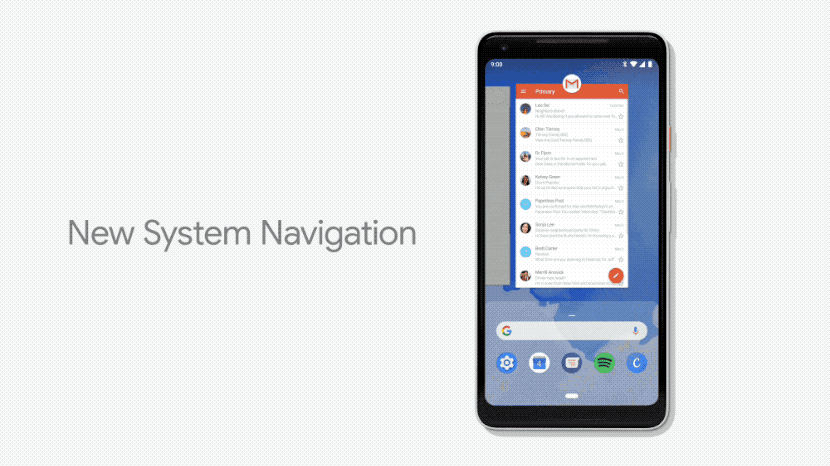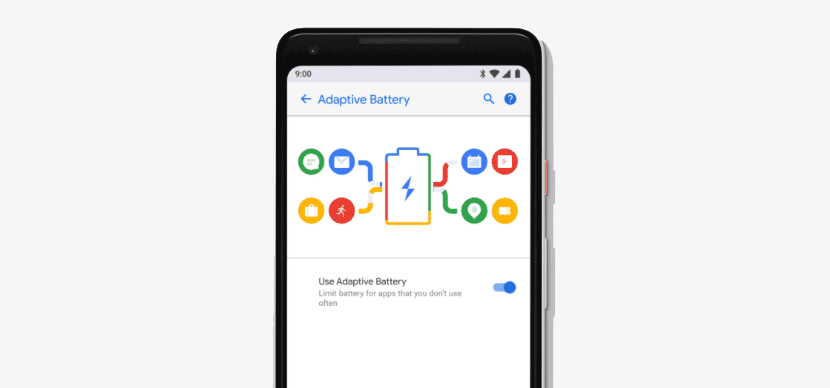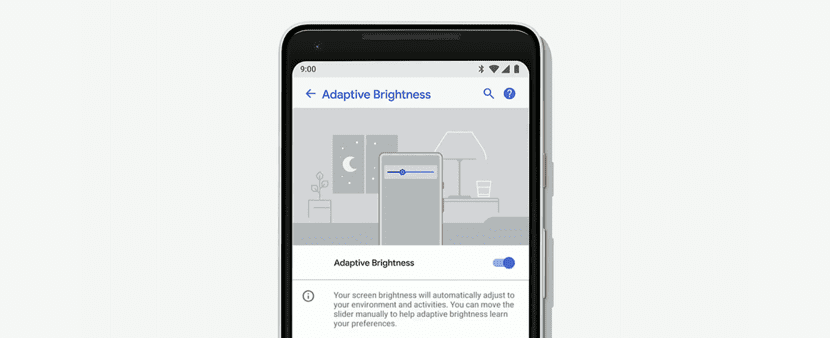
During the celebration of the Google I / O, the conference for Google developers, the guys from Mountain View have shown us a large number of functions that will come both hand in hand with all the services currently offered such as Gmail, Google Maps, Google Lens, Google Assistant ... as well as Android P.
7 last March, Google released the first beta of Android P, the next version of Android that will arrive from September to all compatible devices and among which we find the interior positioning, the change of position of the clock to the left of the screen due to the arrival of the notch, colorful settings menu, redesign of the quick settings ... Here we show you new features now available in the second beta of Android P.
Android P Developer Preview 2 Compatible Devices
One of the main novelties that we find in the second beta of Android P, we find it in the number of devices that are compatible. Until now, the first betas were only compatible with Nexus and Pixel devices, but thanks to Project Treble, the number of devices compatible with this beta has been expanded by up to 7 new models. The models that are currently on the market and that are compatible with the second beta of Android P are:
- Essential Phone
- Nokia 7 Plus
- Oppo R15 Pro
- Sony Xperia XZ2
- Live X21 UD
- Vivo X21
- Xiaomi Mi MIX 2S
Project Treble allows manufacturers to focus solely on the compatibility of their customization layer with the corresponding Android version. The compatibility with the different components that are part of the device will be in charge of Google itself, who will work with manufacturers directly. It seems that Google has finally found the key it was looking for to be able to quickly expand the adoption quotas of each new version of Android that it launches on the market, although at the moment the two large manufacturers that sell the most smartphones on the market, Samsung and Huawei they have not commented on the matter.
What's new in Android P Beta 2
Gesture navigation

This new beta version of Android P confirms the loud rumor that had been leaked a few weeks ago, and in which we could see the gesture navigation on the screen in a very similar way to what we can currently find in the iPhone X, which in turn was inspired or copied from webOS, the Palm operating system that is currently inside LG televisions.
This navigation by gestures allows us not only to quickly switch between the last applications that we have opened, but also allows us to quickly access the start menu, close applications ... To activate navigation by gestures we just have to swipe from bottom to top on the screen.
Smart battery

The battery continues to be the main problem that we face every day with our smartphone, the same problem that we have suffered for more than a decade and that at the moment has a difficult solution. Both Android and iOS have been improving the performance of the applications and the system in general so that consumption is reduced. Android Marshmallow and Android Nougat already offered us interesting improvements in this regard.
With the launch of Android P, the performance of our terminal adapts to the use we make of our device, which allows us to reduce the use of the CPU and applications in the background by up to 30%, so that the performance of the processor will not be the same if we are consulting our Twitter account than if we are watching videos on YouTube or enjoying our favorite games.
Application actions
Following the prediction trend that Android P will offer us, the application launcher will show us the applications that more possibilities we have to use according to the time of day in which we find ourselves. In this way, if while we eat we have the habit of reading our Twitter account, it will be displayed first within the application launcher.
Our well-being

Google has been working to add key features to help us achieve the desired balance between technology and our everyday lives. The new panel it will show us how we spend time with our device, the use we make of the applications, the number of times we have unlocked the terminal, the number of notifications we have received throughout the day.
Android P integrates a timer that allows us set application usage limits. As the time limit approaches, the application will dim to remind us of our goal. The Wind Down function will take care of reminding us that there is less time to finish the day and will activate the Do not disturb mode as it is time to go to sleep.
Do not disturb mode will not only be in charge of silencing calls and notifications, but also will eliminate all visual interruptions displayed while this mode is on.
Adaptive brightness

The automatic brightness does not always work as it should and the next version of Android wants to learn to adjust it once and for all correctly, knowing at all times, when and how do we use glitter, either under intense sun, under artificial light, on the street with sufficient light ... The brightness of the screen continues to be one of the most responsible when it comes to battery consumption, a consumption that will also be reduced as We have informed you above.
Android P roundup: Artificial intelligence for everything
As you may have seen in most of the news that Android P offers us, artificial intelligence is a very important part of the next version of Android, along with machine learning. Android P will learn to make various settings on the device so that it manages the consumption of resources, screen brightness, battery consumption in a practically automatic way without the user having to worry at all times to activate or deactivate some functions, to extend battery life as much as possible.
Artificial intelligence is also found in application recommendations, Recommendations that depending on the time of day in which we are, will offer us some results or others, always depending on the use we make of the device. Artificial intelligence and machine learning, too will reach some of the main Google services like Google Photos, Google Maps, Google Lens… in addition to Gmail, where Google's mail service will offer us automatic responses in the form of text, not words as it does so far.